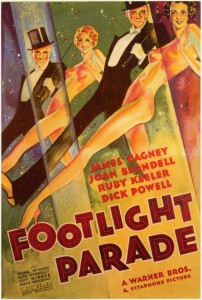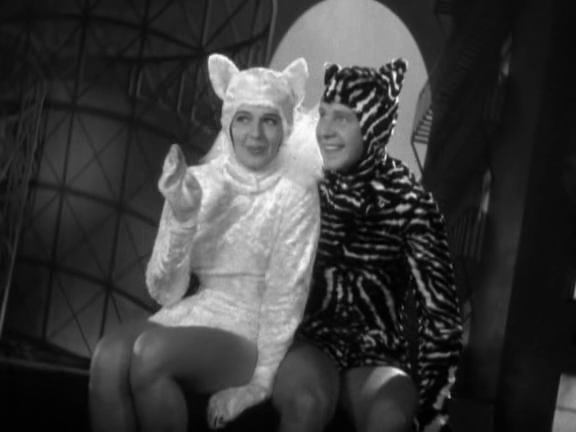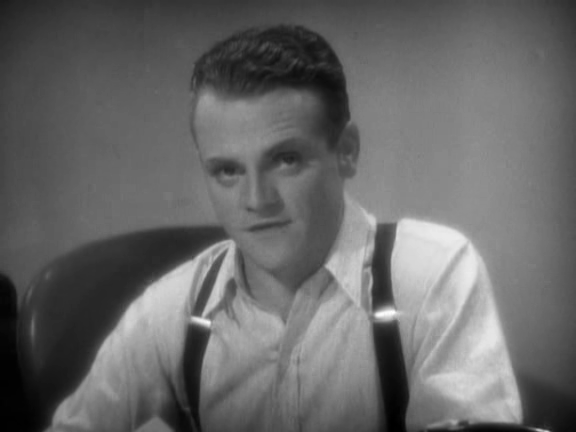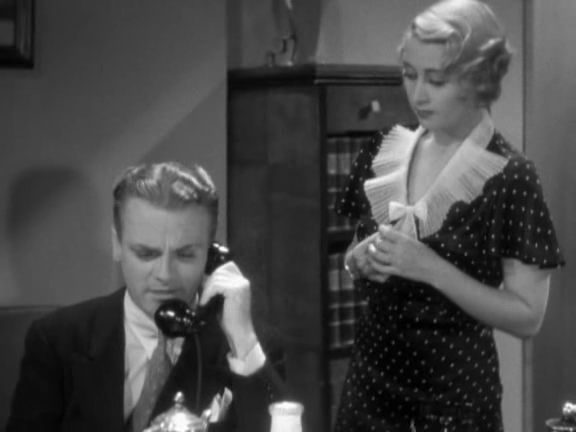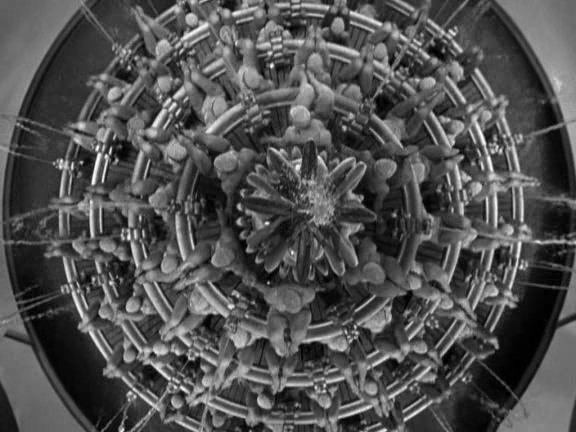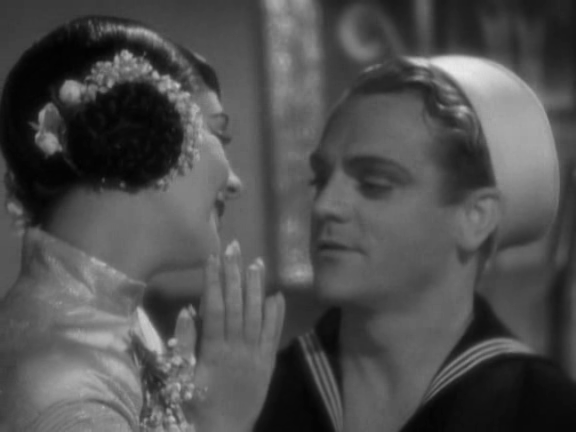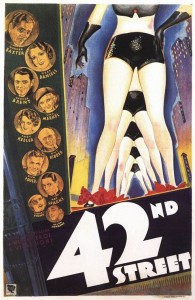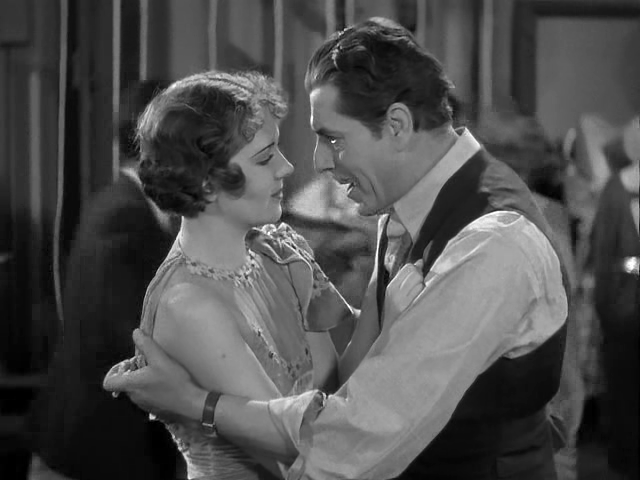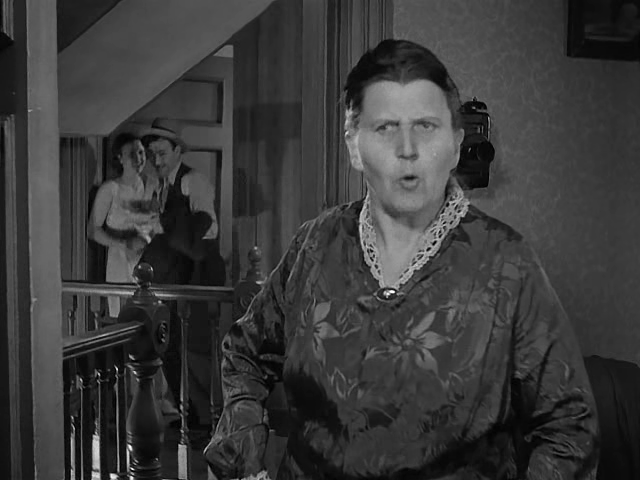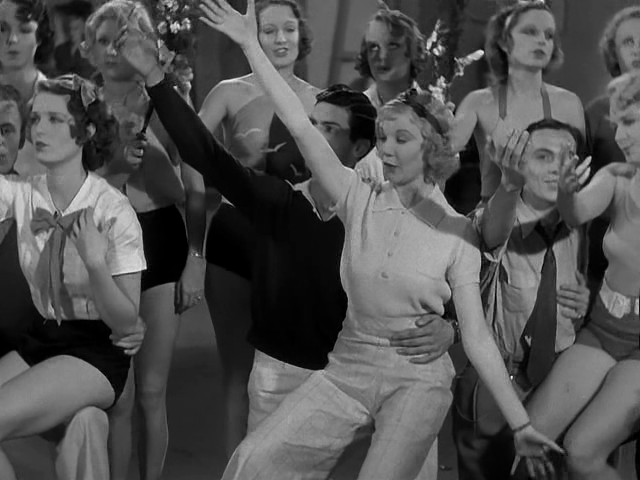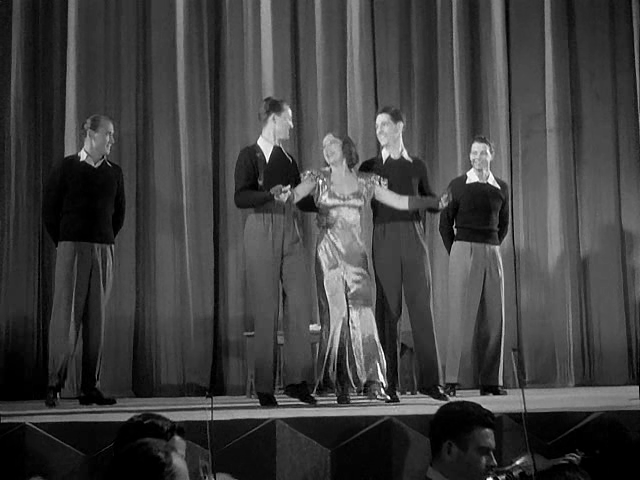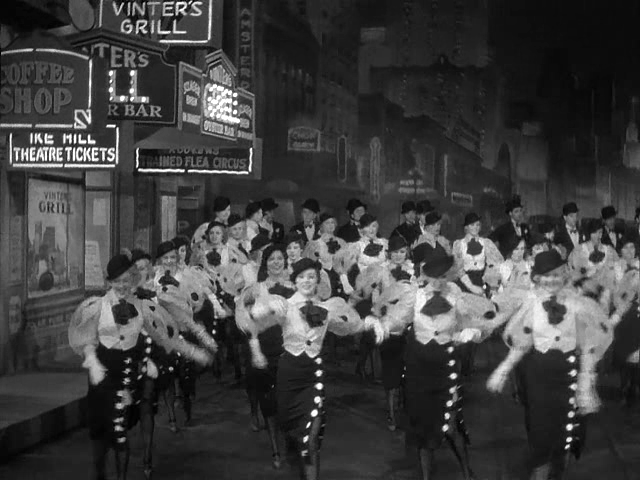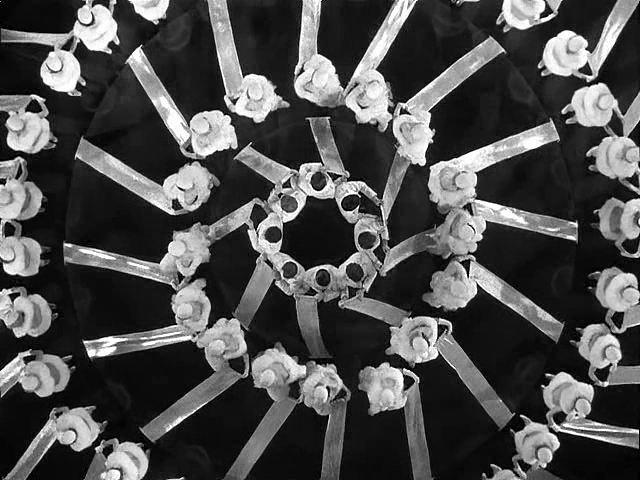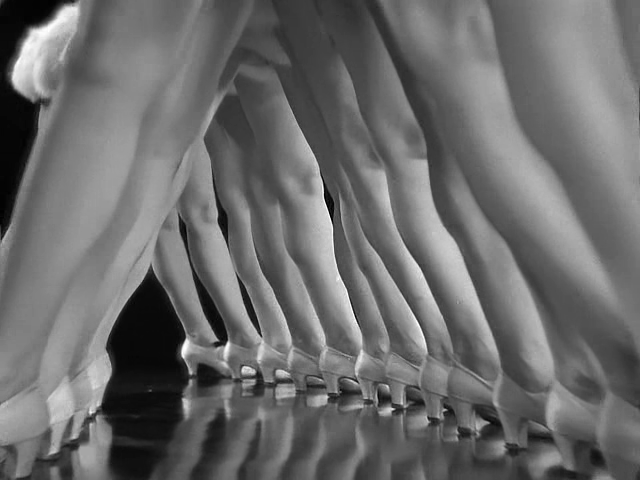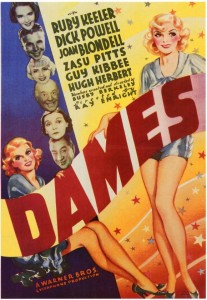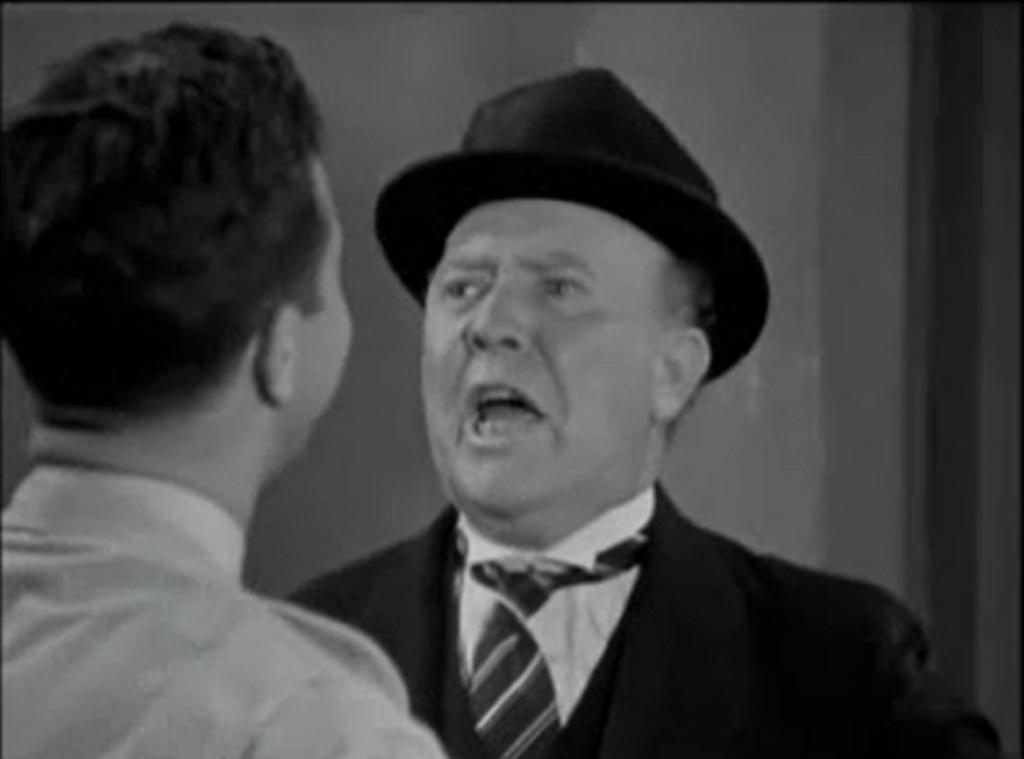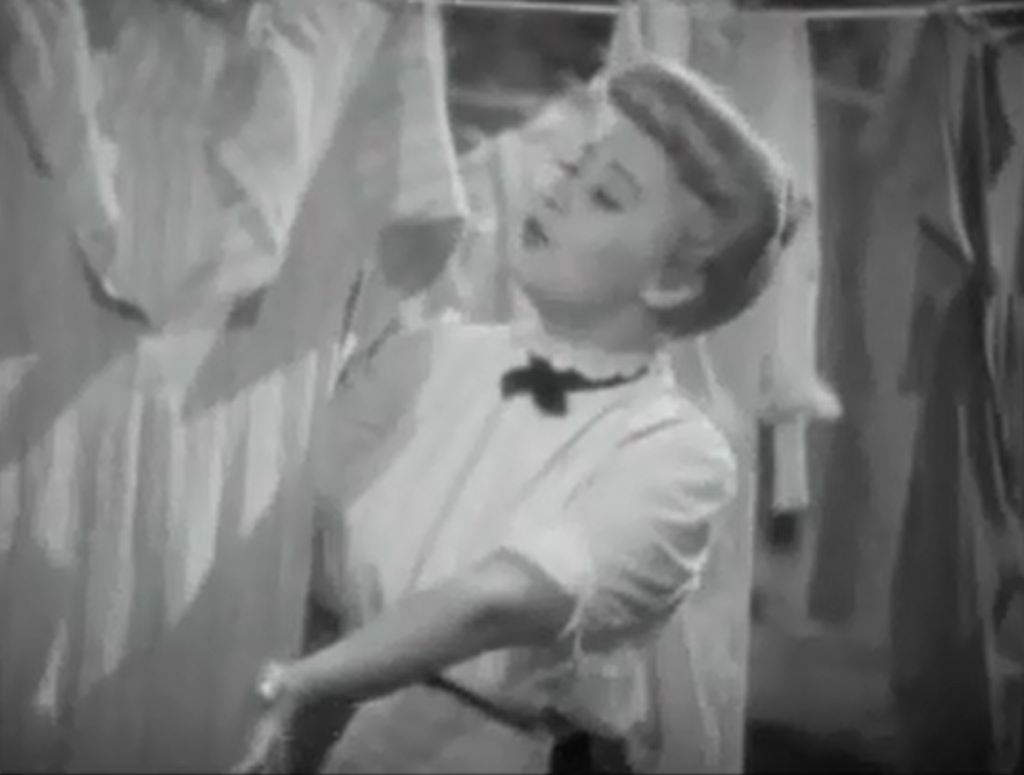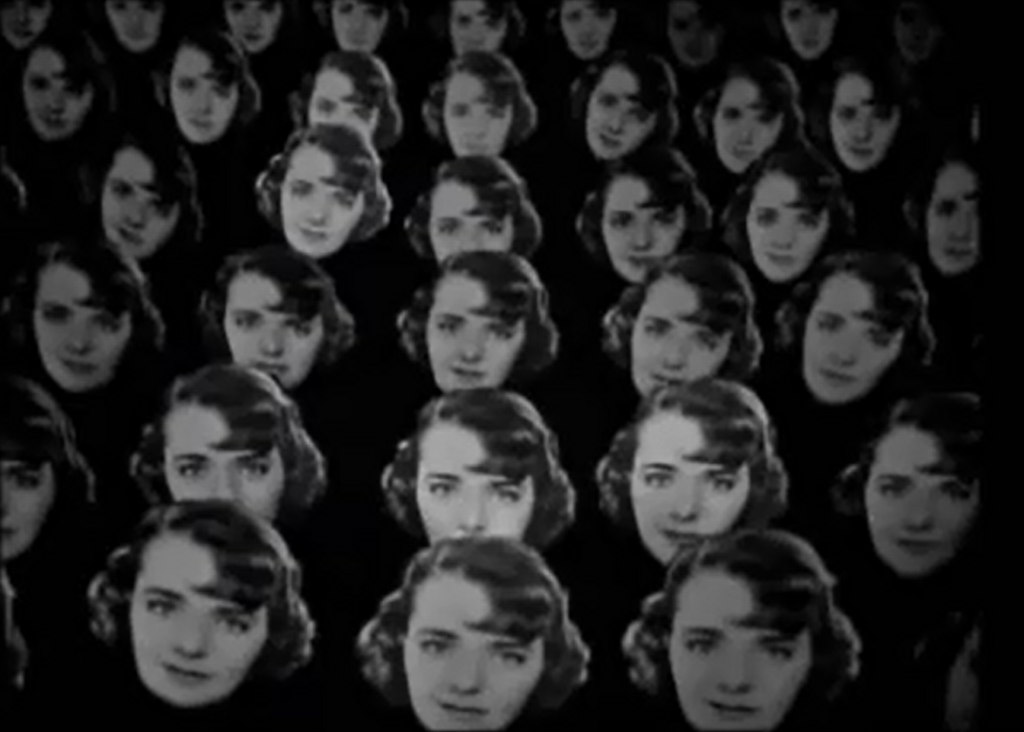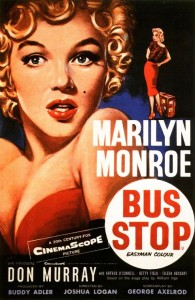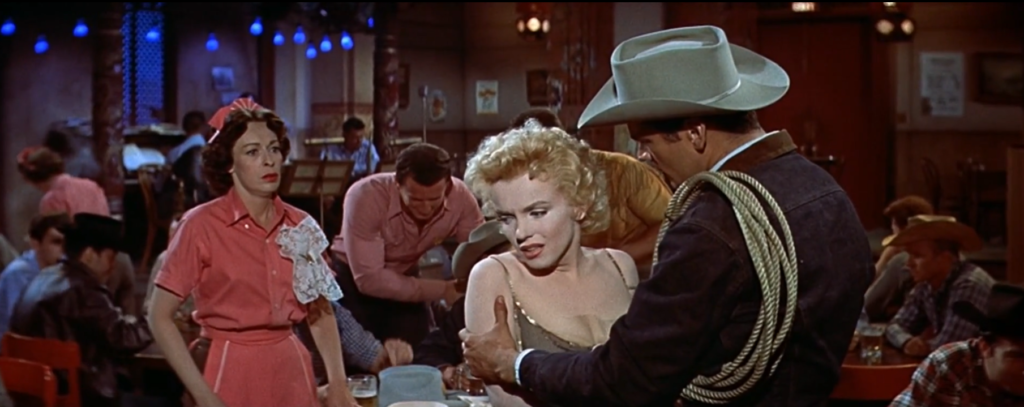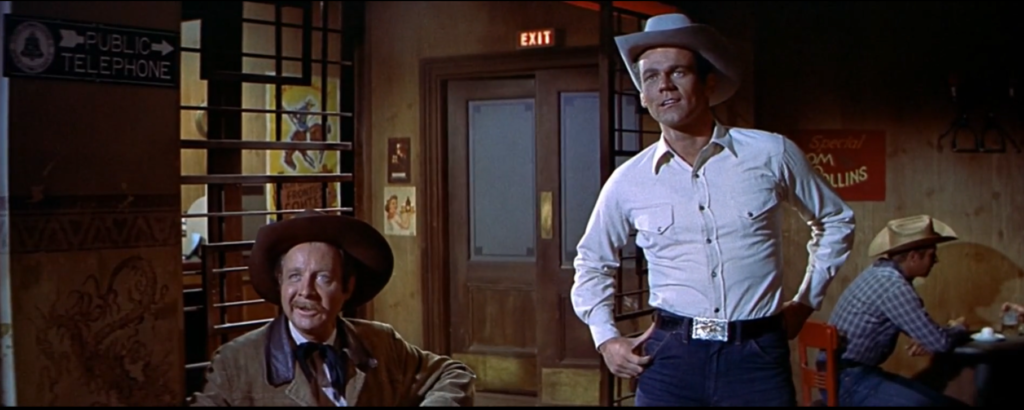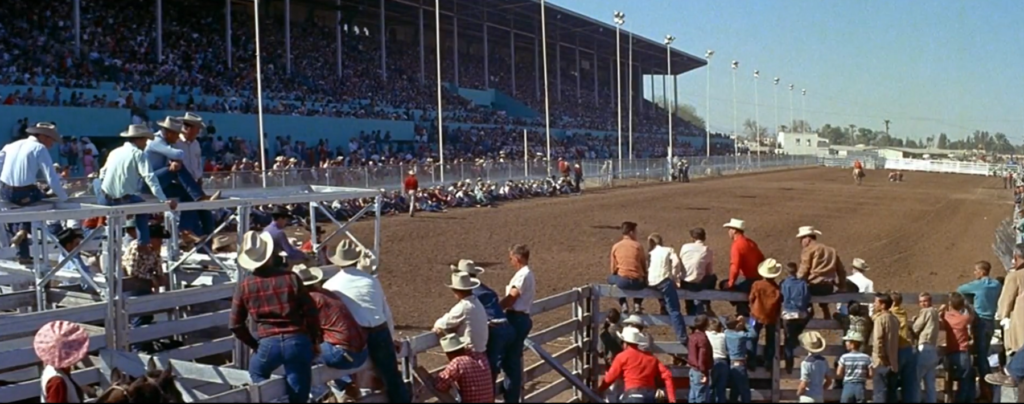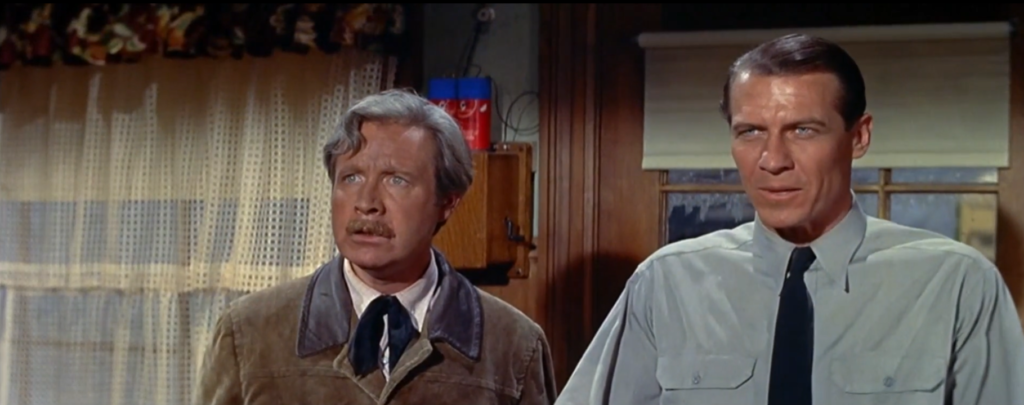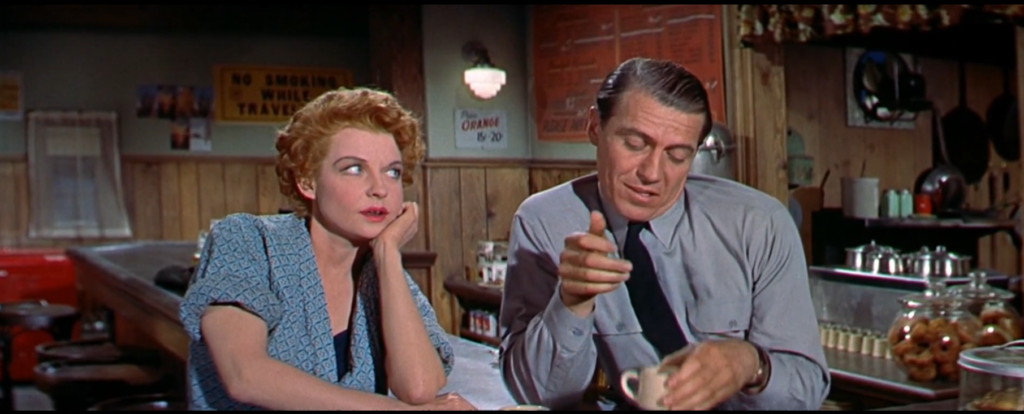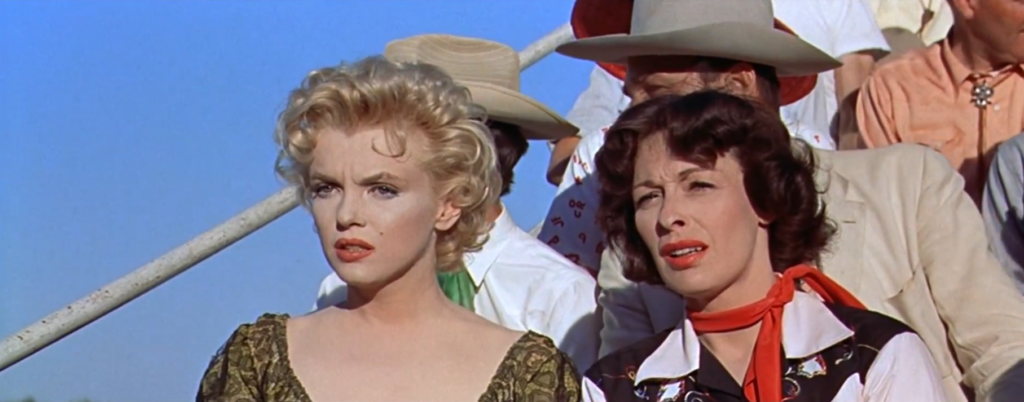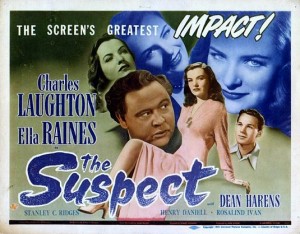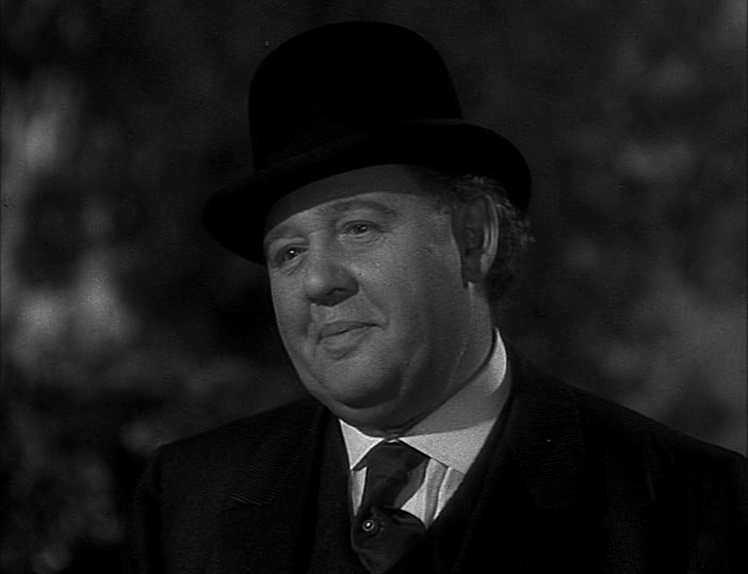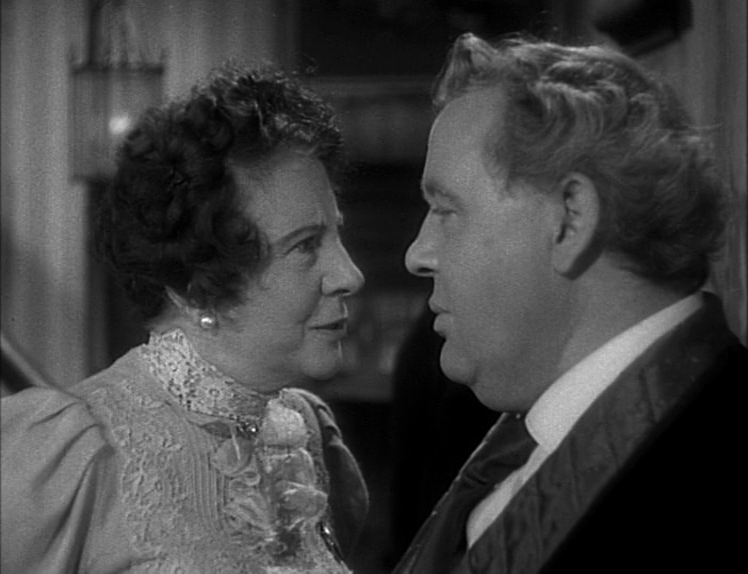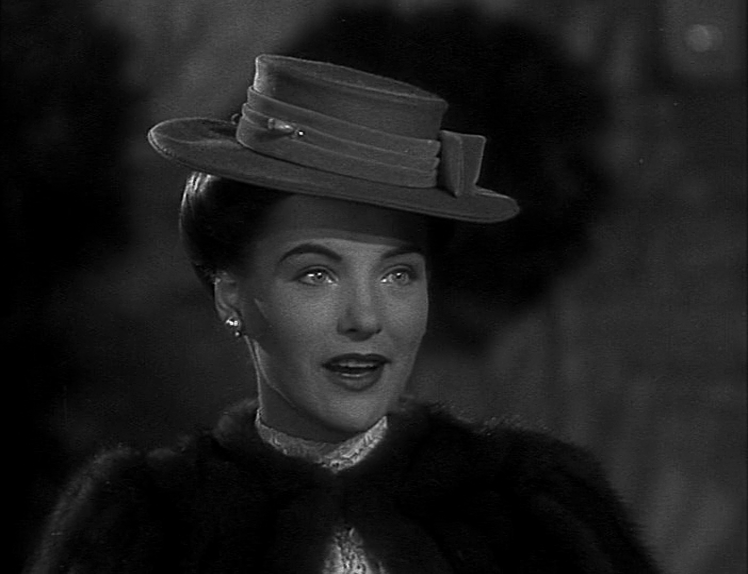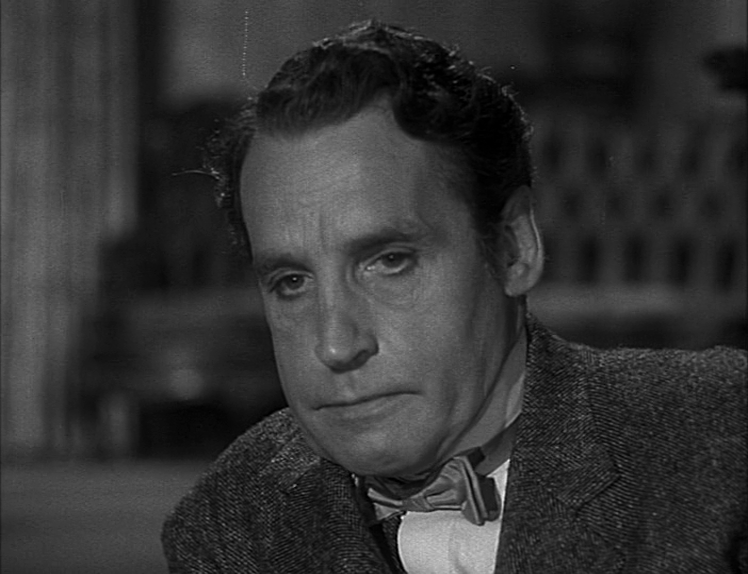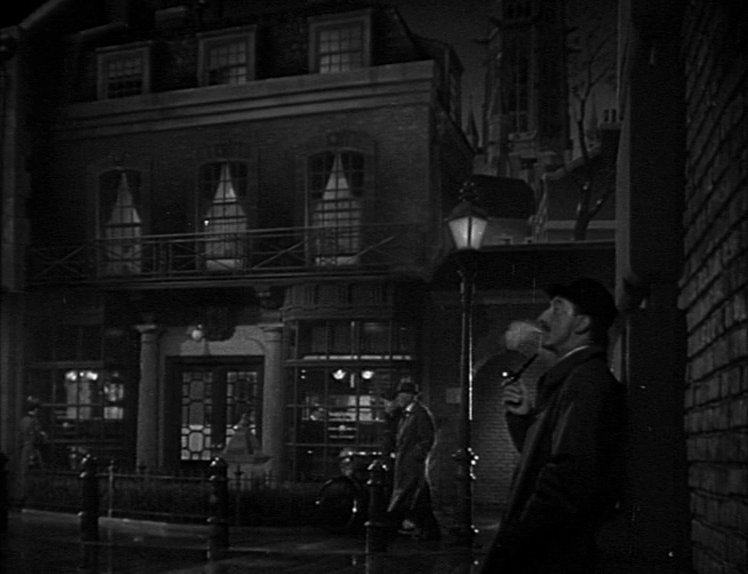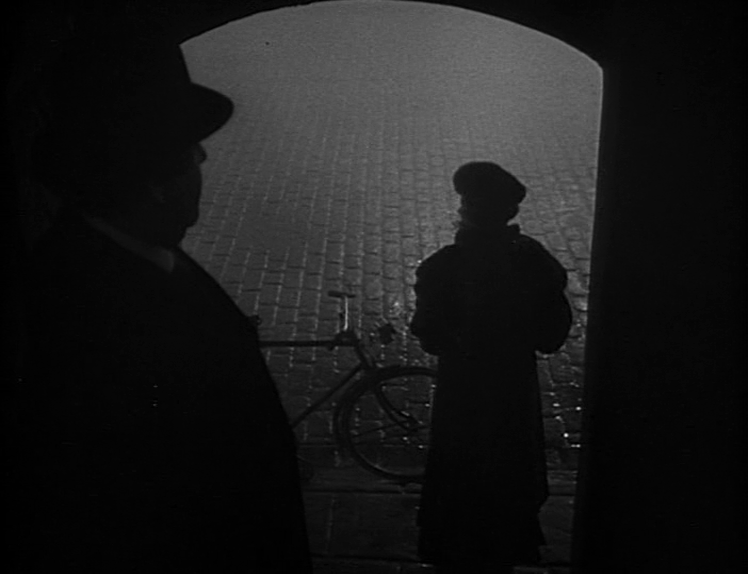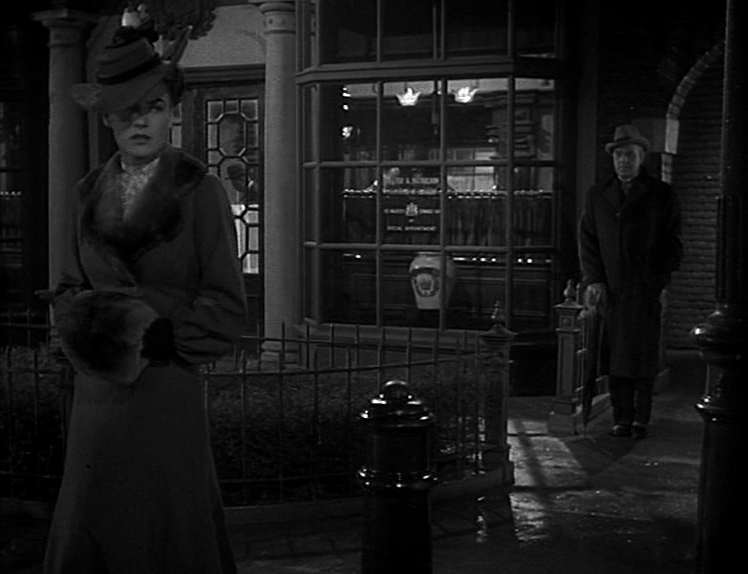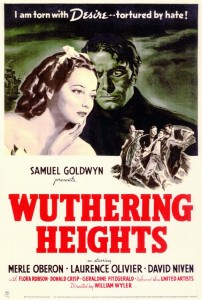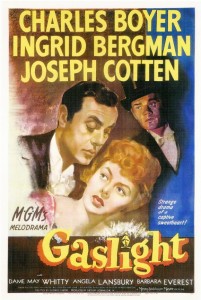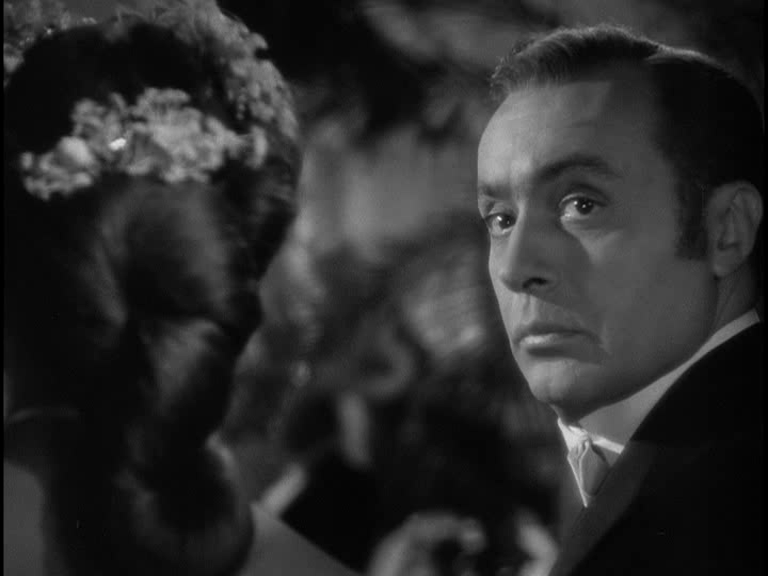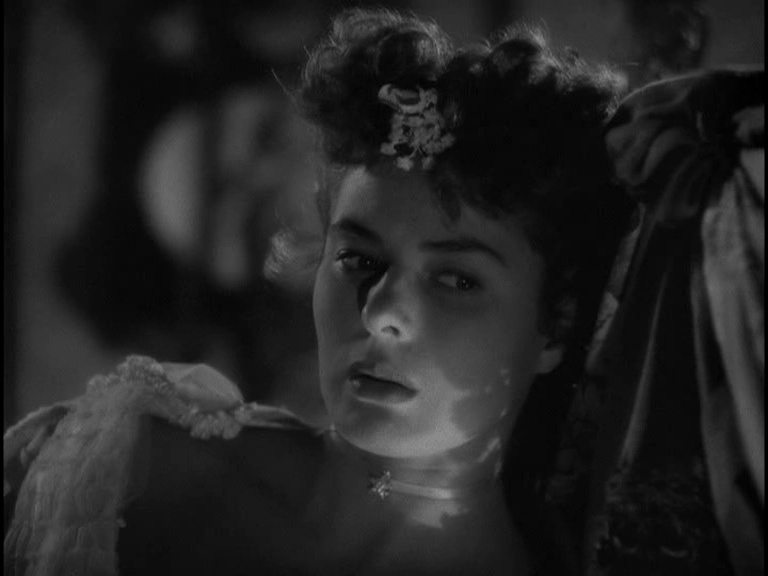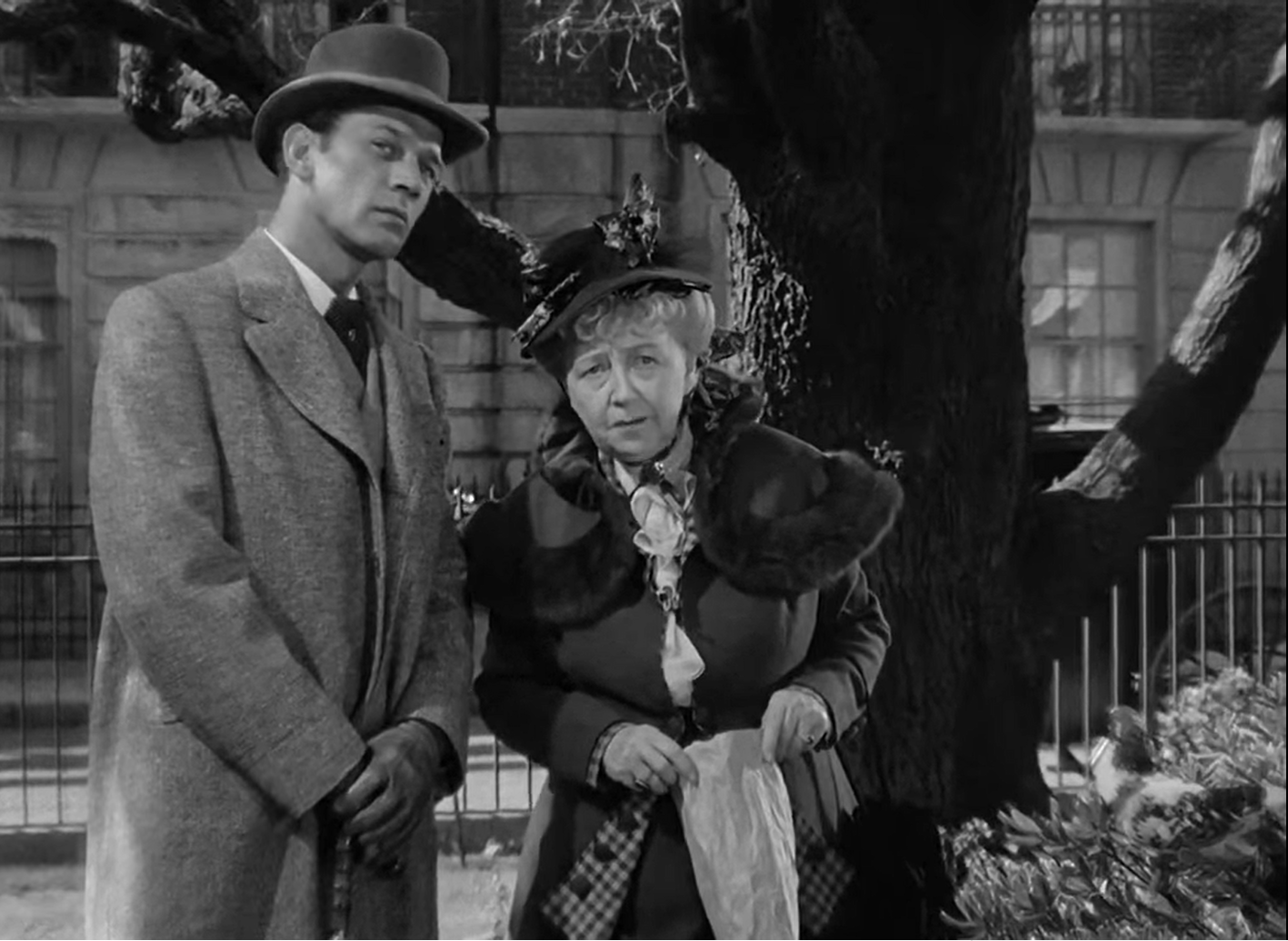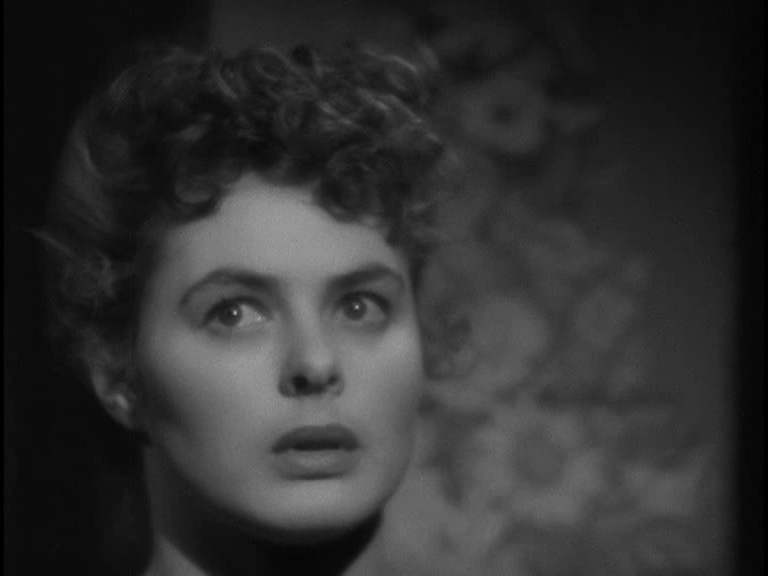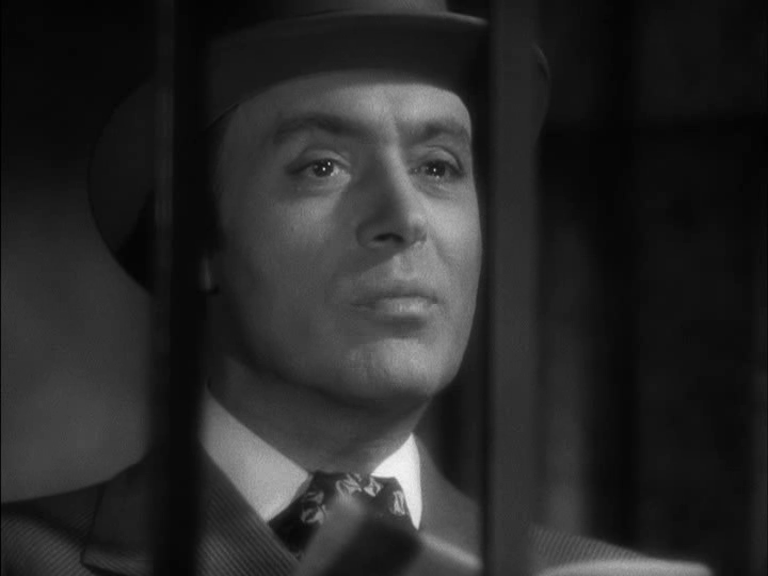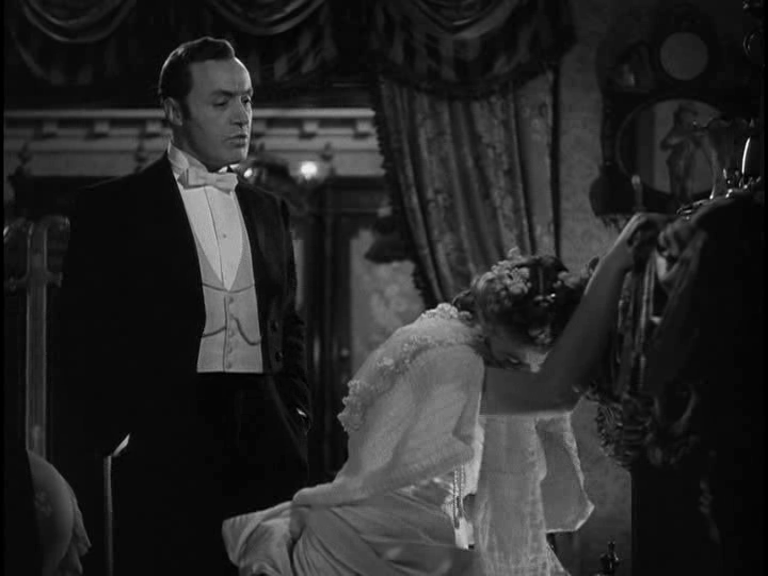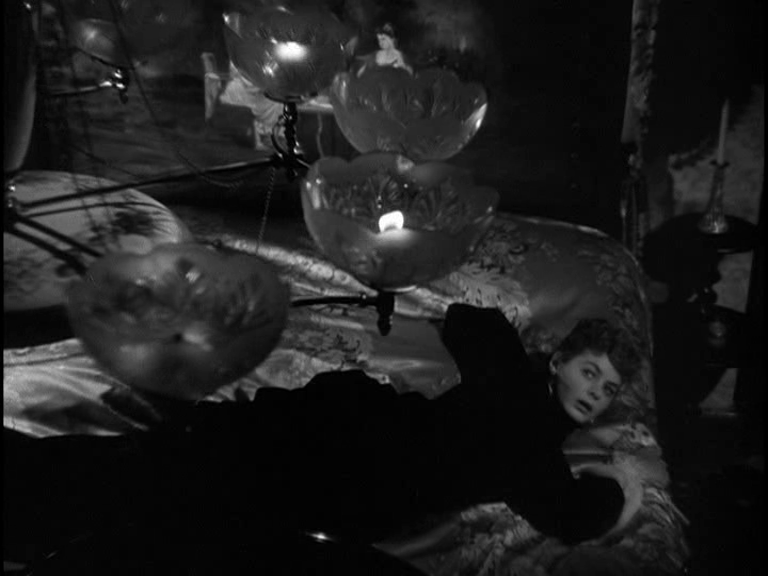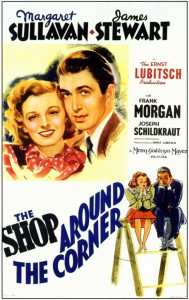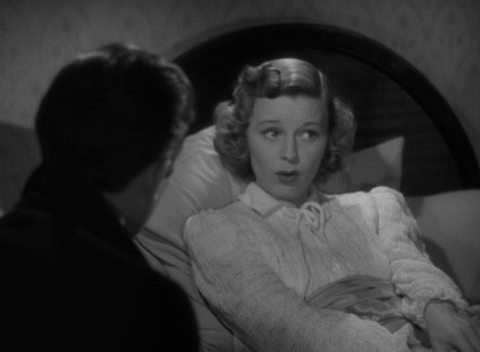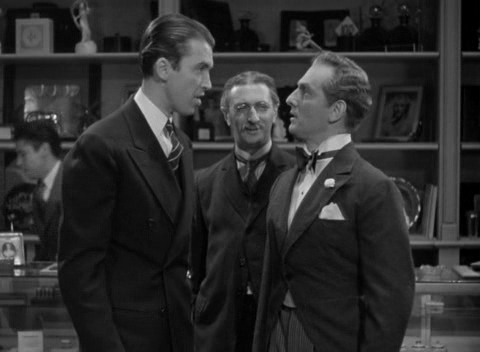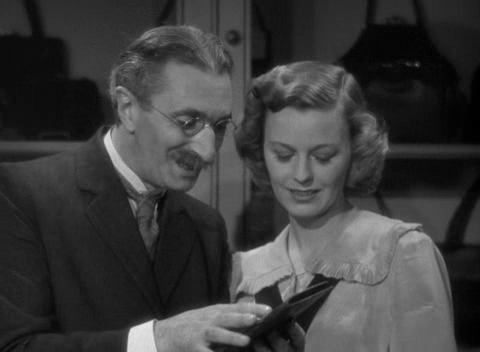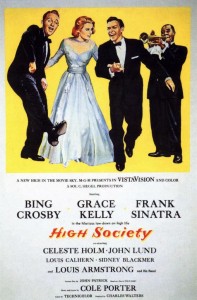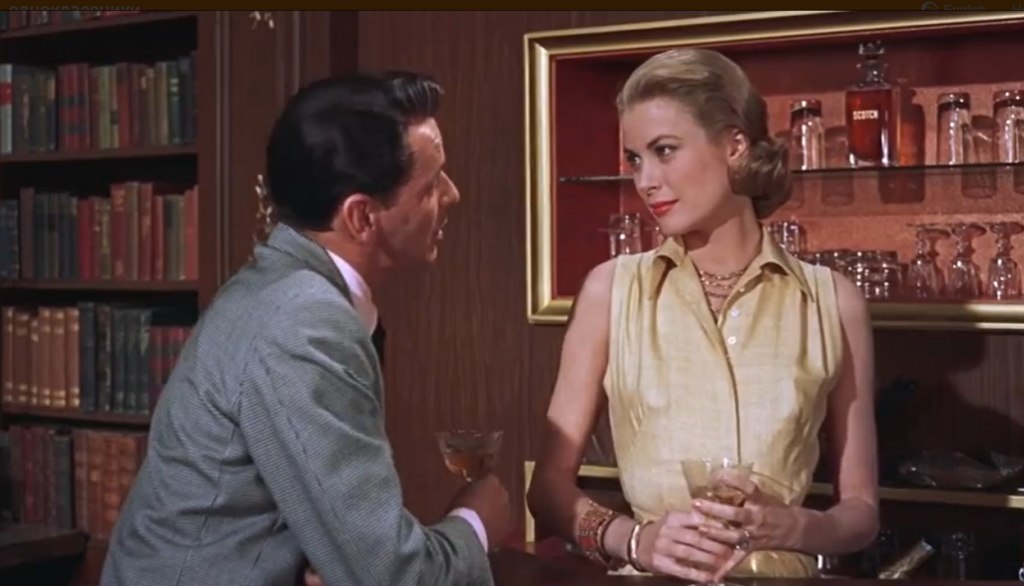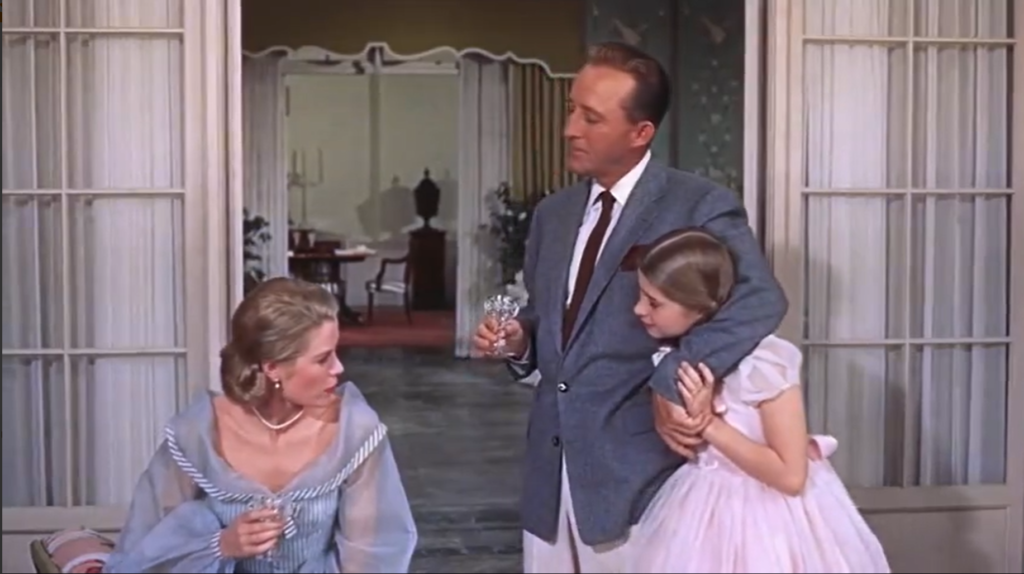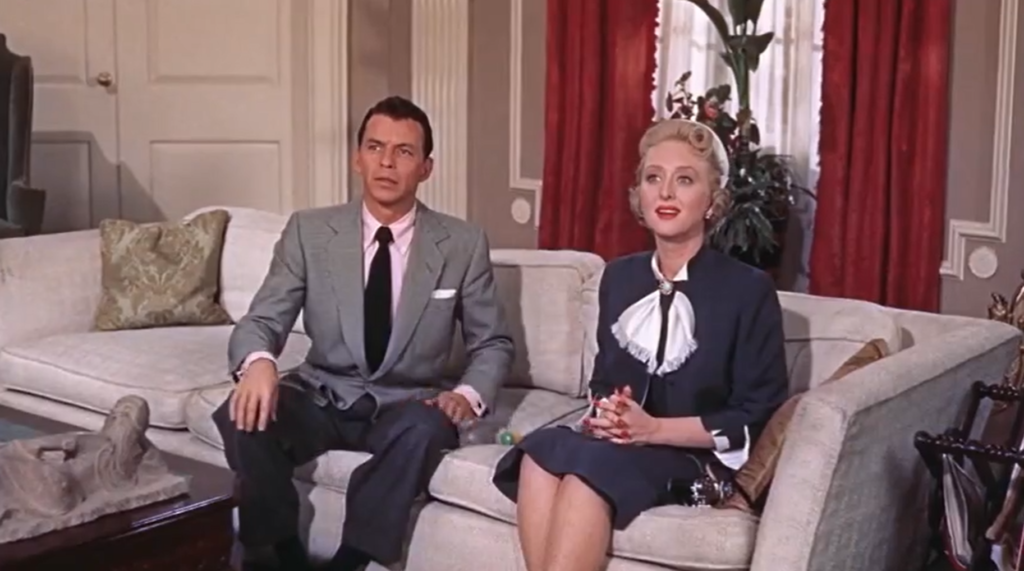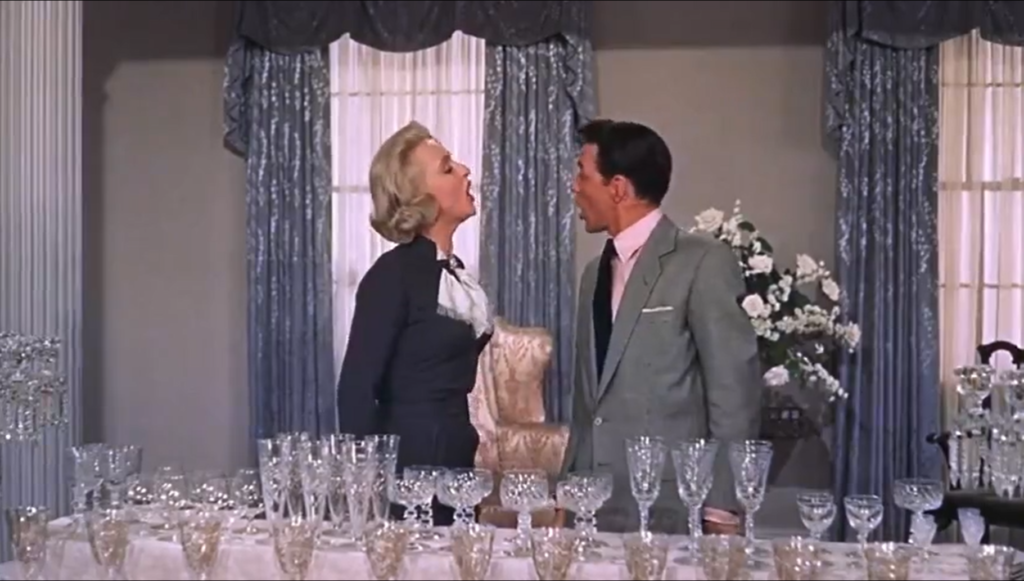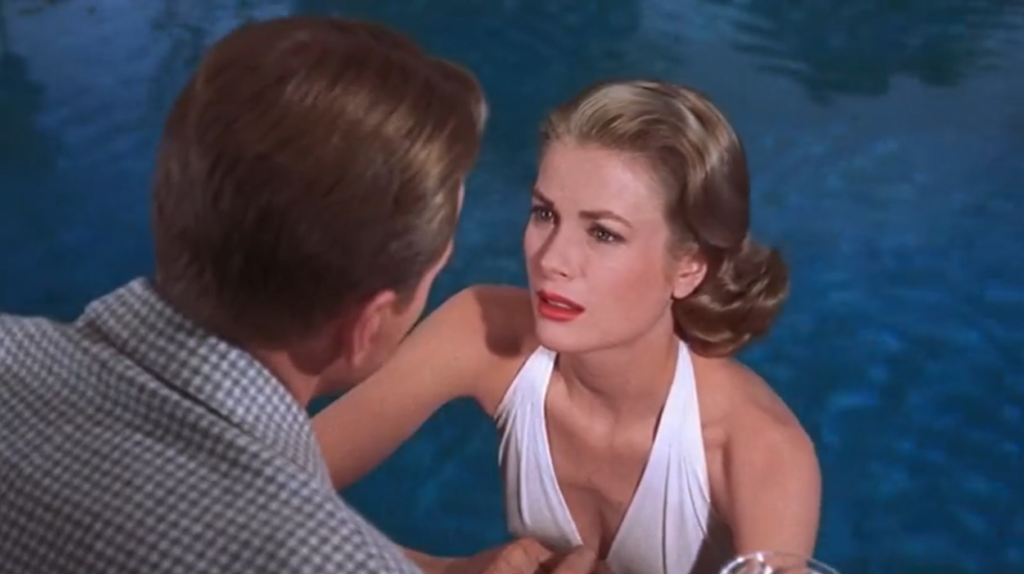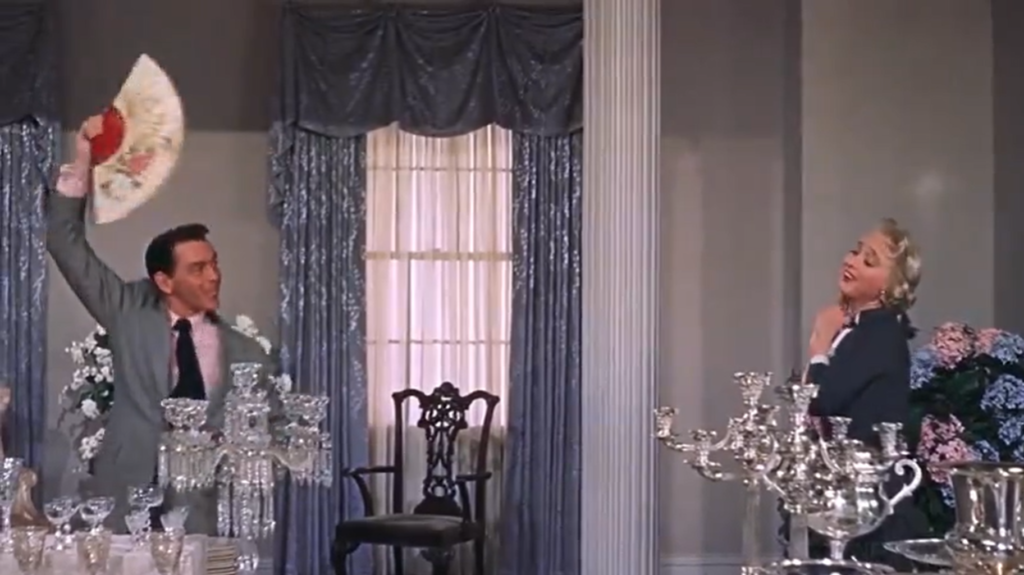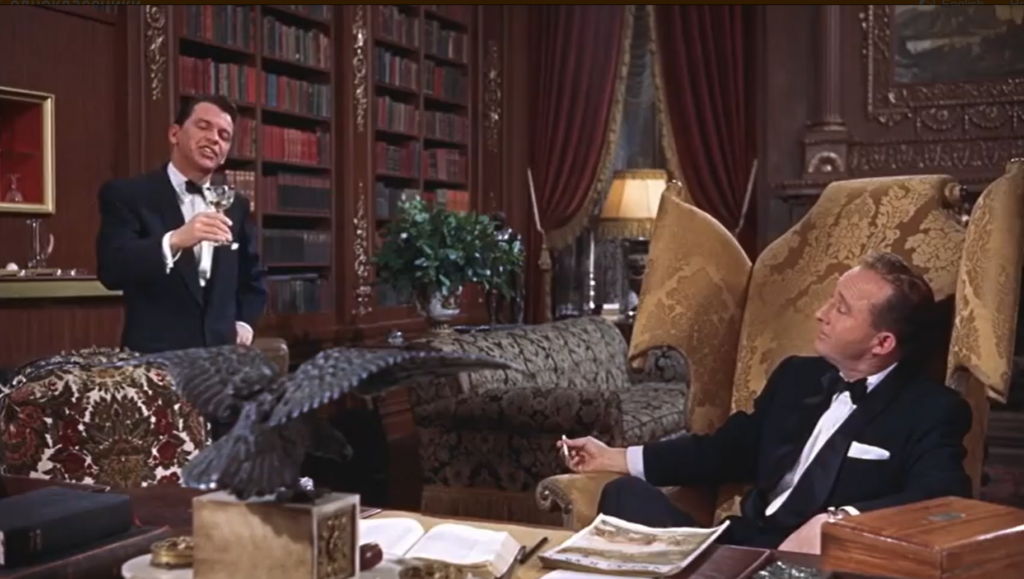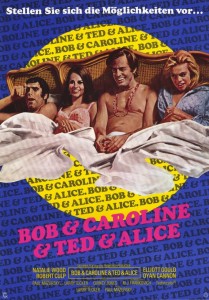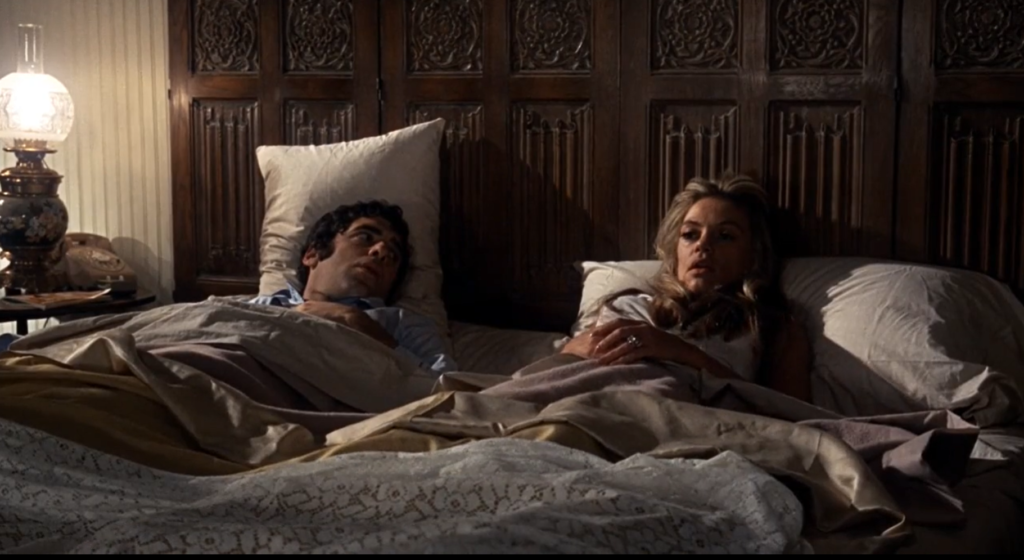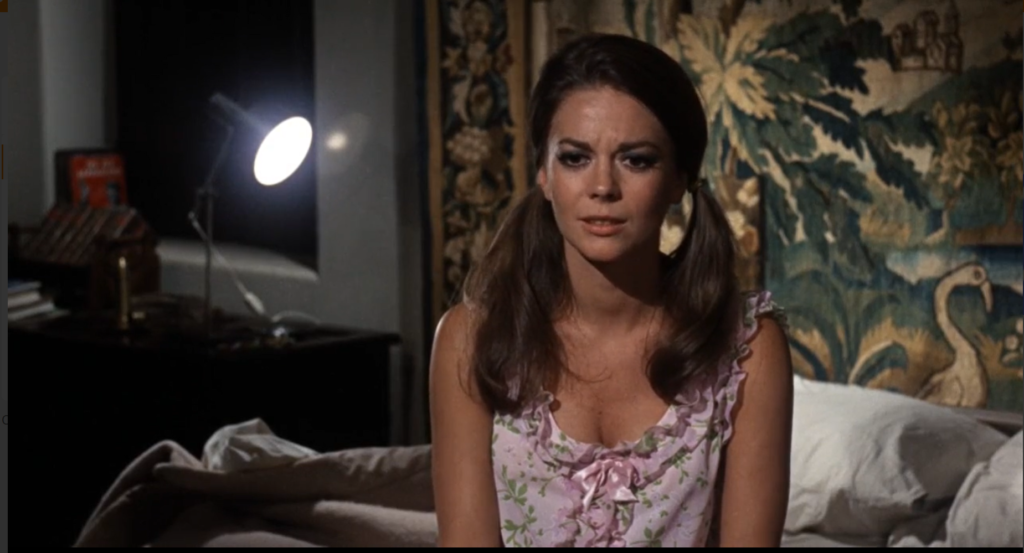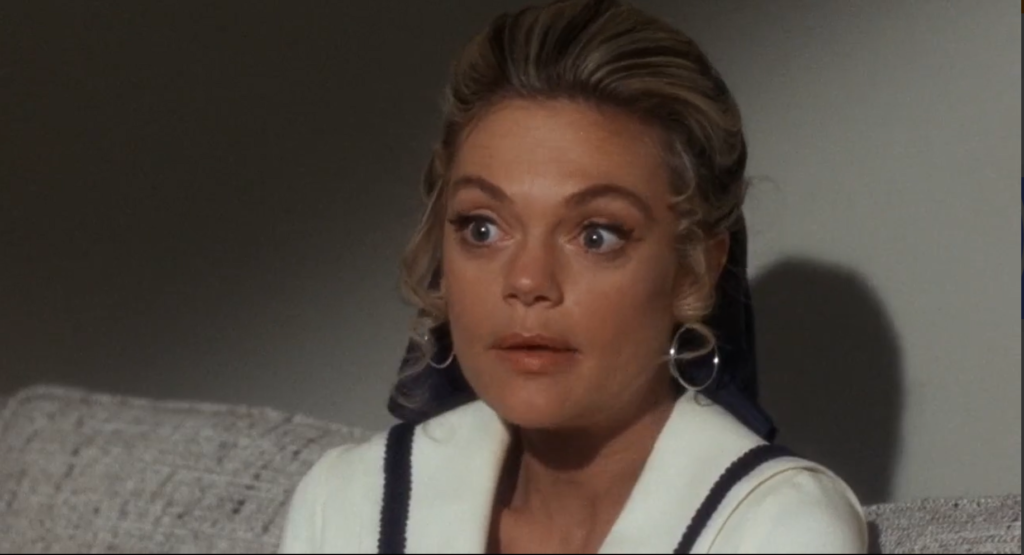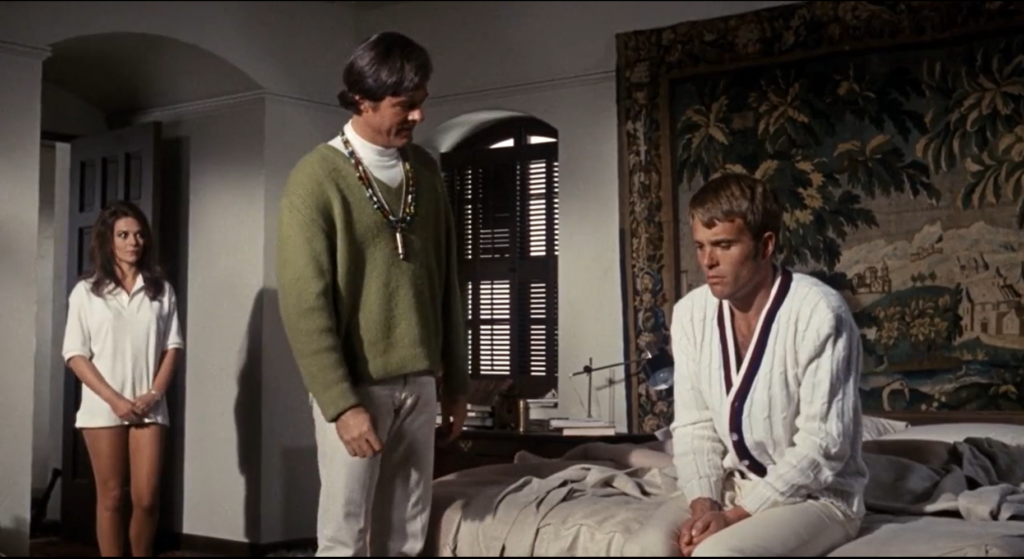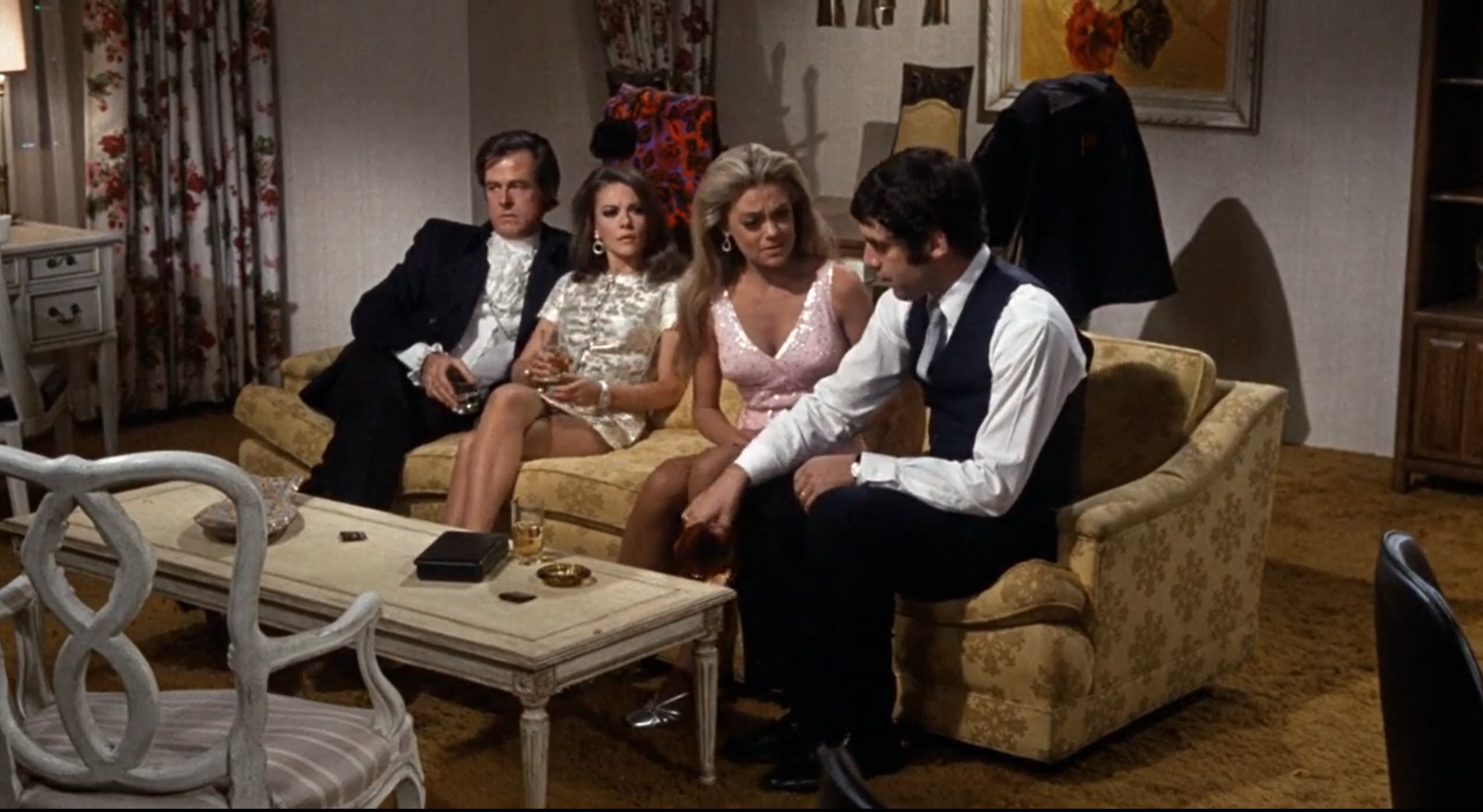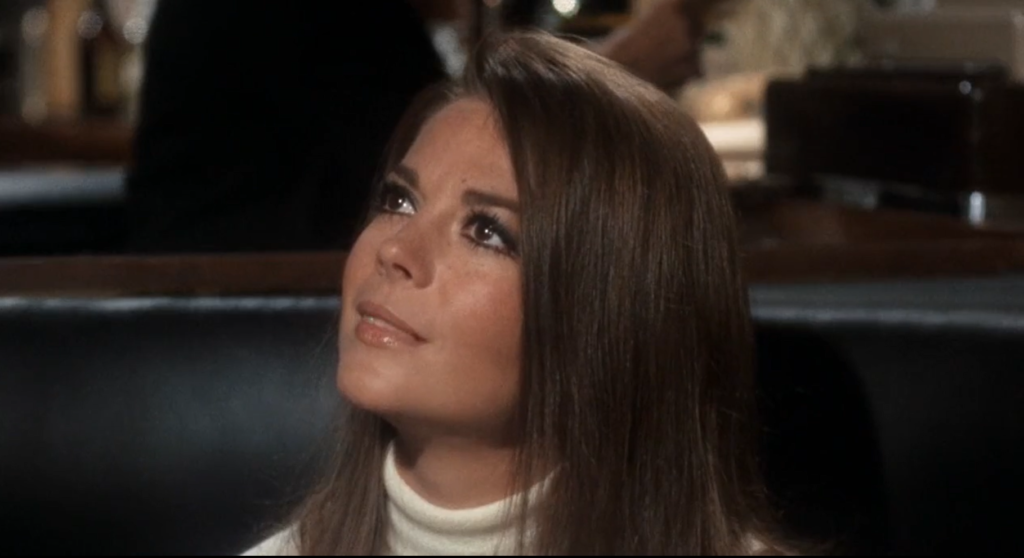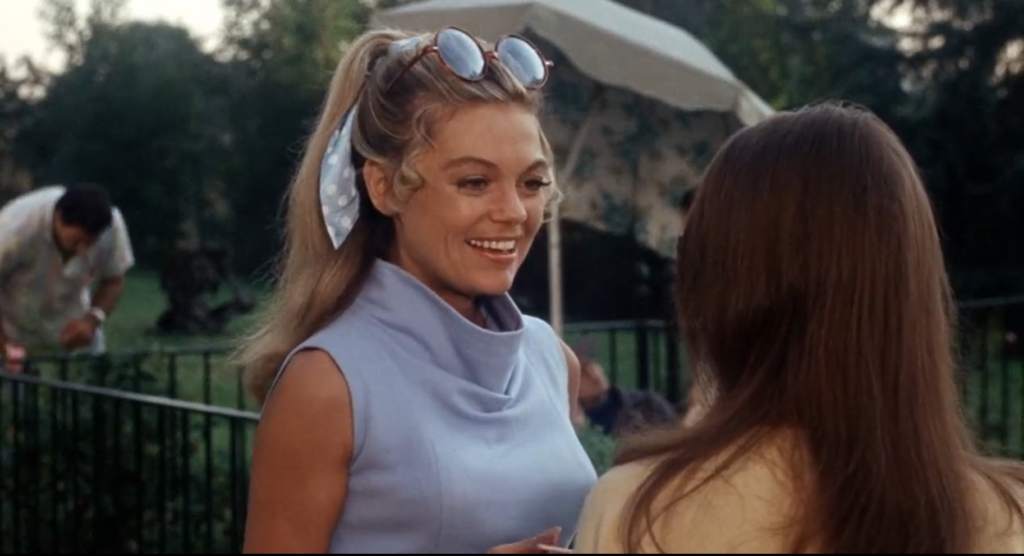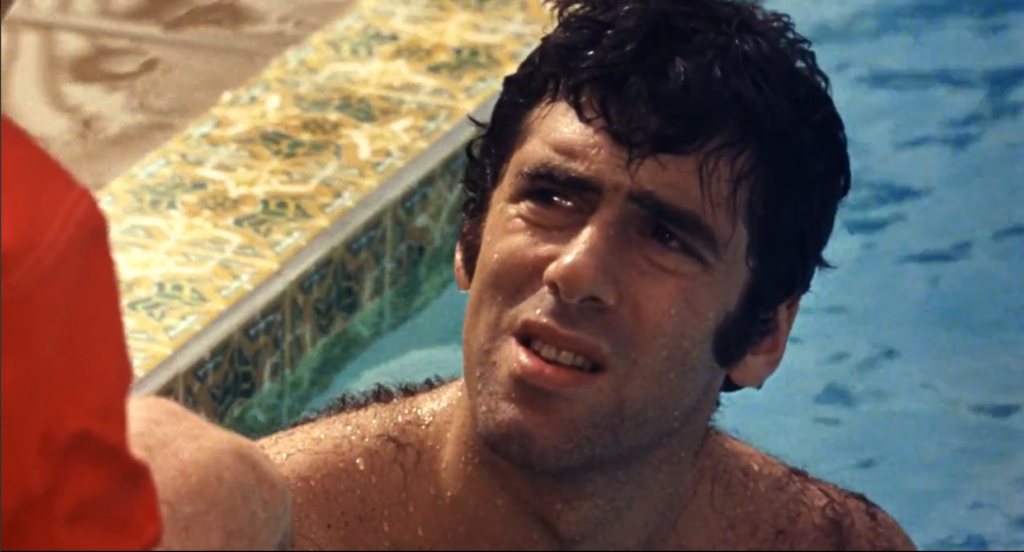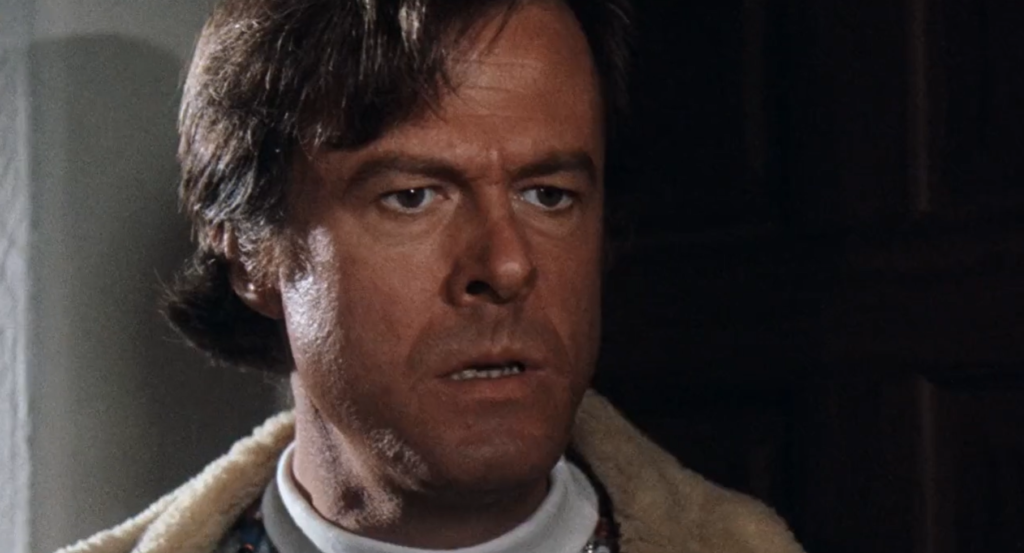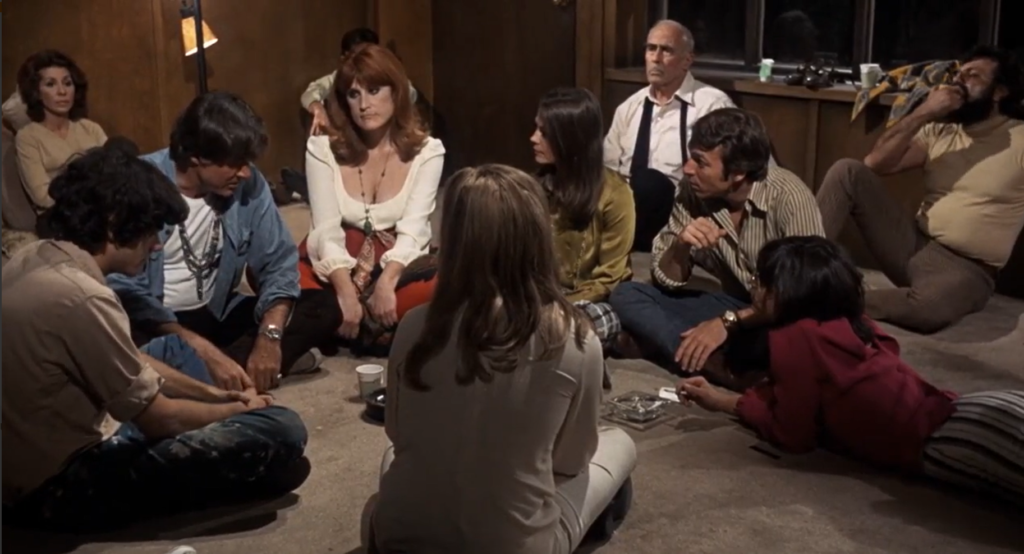|
Genres, Themes, Actors, and Directors:
- Cross-Class Romance
- David Niven Films
- Donald Crisp Films
- Flashback Films
- Flora Robson Films
- Geraldine Fitzgerald Films
- Historical Drama
- Laurence Olivier Films
- Love Triangle
- Merle Oberon Films
- Star-Crossed Lovers
- William Wyler Films
Response to Peary’s Review:
As Peary writes, “Emily Bronte’s harsh, haunting love story became one of the screen’s classic romances, thanks to director William Wyler, producer Sam Goldwyn, cinematographer Gregg Toland, and the inspired casting of Merle Oberon as Cathy and Laurence Olivier as Heathcliff”. He writes that “Goldwyn was chiefly responsible for the elegance of the film (with its lush music, vast two-room sets that are lit by candles and fireplaces, lovely costuming, romantic dialogue, handsome actors, and beautiful actresses) and reconstructing the Yorkshire moors in the Conejo Hills in California”. (According to TCM’s article “Behind the Camera”, “About 500 acres of the hills were stripped of their natural vegetation, and 15,000 pieces of tumbleweed were brought in and topped with purple-painted sawdust to resemble heather.”) Peary notes that working together, “Wyler and Toland (who used deep focus and close-ups that are diffused with soft candle-lighting effects) turn the [Wuthering Heights] manor into a haunted house: bleak, brooding, oppressive, dark with anger and hatred”; meanwhile, “the tumultuous atmosphere — with electrical storms, heavy rains, and driving snowstorms — perfectly defines ‘wuthering'”.
However, Peary argues that “too often the atmosphere conveys characters’ emotions that otherwise wouldn’t be evident from the acting alone”, and that “unlike in the book, the characters don’t come across as being forces of nature more than human beings”. He spends the rest of his review comparing the book (mostly unfavorably) with the film — and in his Cult Movies 2 essay on the film, he admits bluntly: “I like Wuthering Heights very much. Yet I am disturbed by how much [screenwriters Ben] Hecht and [Charles] MacArthur changed the novel”. He writes that while in the novel, “Heathcliff’s fight is with all who are civilized”, in the film his “anger is directed toward Cathy for marrying rich Edgar Linton (David Niven),” and “all that he intentionally does wrong — including marrying Edgar’s naive sister, Isabella (Geraldine Fitzgerald) — is his way of getting revenge.” Peary complains that Hecht and MacArthur’s “biggest crime is to turn Cathy into the film’s villain”, and writes that while the “film has a polished veneer”, the “issues are far more complex in the novel, as are the characters — and they are far more interesting”.
The film does — for better or for worse — reduce the novel’s complex narrative into a “simple” story of star-crossed lovers and revenge. However, as Peary writes, “there’s no denying that Oberon and Olivier are a wonderful couple, and their scene in the make-believe castle on Peniston Crag” — “original to Hecht and MacArthur”, who “wanted to humanize the characters” — is “one of the most romantic [and iconic] bits in cinema history”. He notes that “Oberon is surprisingly good” (this was almost certainly her best, most impassioned performance), and that Olivier’s “delivery has such strength that we tend to overlook those lines which make no sense”; he’s fully invested in his role. Ultimately, Olivier and Oberon make such a handsome, romantically tragic couple — representative of all would-be lovers kept apart either through fate or social constrictions — that we can’t help becoming involved in their plight, despite knowing from the beginning how things will turn out.
Redeeming Qualities and Moments:
- Laurence Olivier as Heathcliff
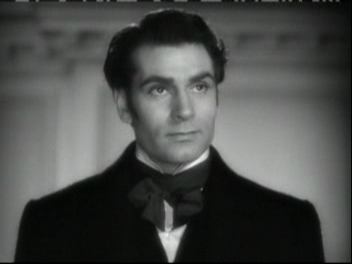
- Merle Oberon as Cathy
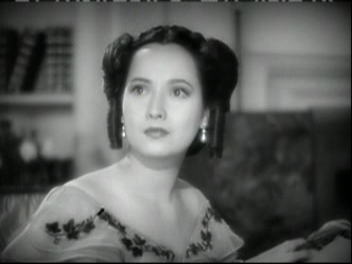
- Flora Robson as Ellen
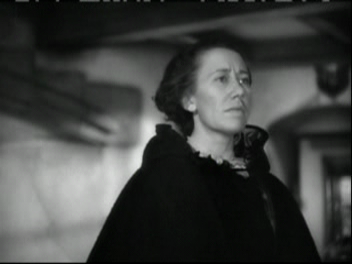
- Gregg Toland’s deep-focus cinematography
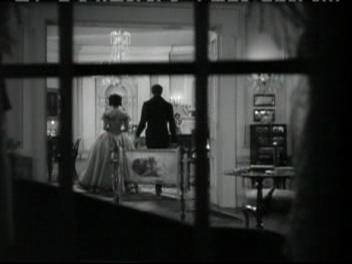
- Impressive sets
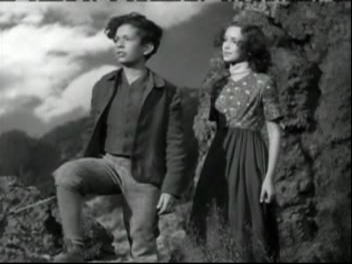
- Wyler’s confident direction
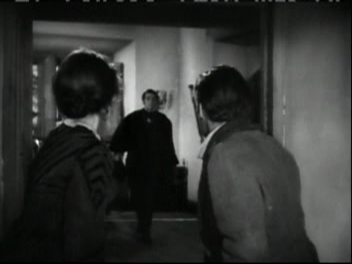
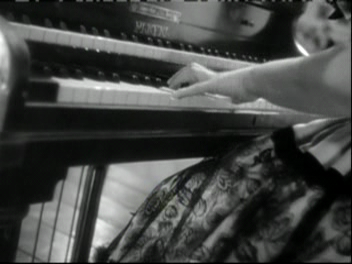
Must See?
Yes, as a cult classic.
Categories
- Cult Movie
- Genuine Classic
(Listed in 1001 Movies You Must See Before You Die)
Links:
|
